Kind, Caring Elephant Orphan Kumbura, the Ultimate Allomother
15 years have passed since Kumbura’s rescue. Let’s take a look back at her journey.
Kumbura is another example of the power of hope and perseverance, a reminder that we can get through the hard times by giving life all we have and supporting one another. Teamwork, love and compassion got her to where she is today – a happy member of the Jabulani herd with a family of her own.
But her beginnings in life were less than favourable. In August 2009, she was seen wandering alone on a private game reserve in Botswana, with no sight of her mother or herd. Although it will never be known for sure what happened to her herd, we assume that poachers had shot her mother and that she had been abandoned.
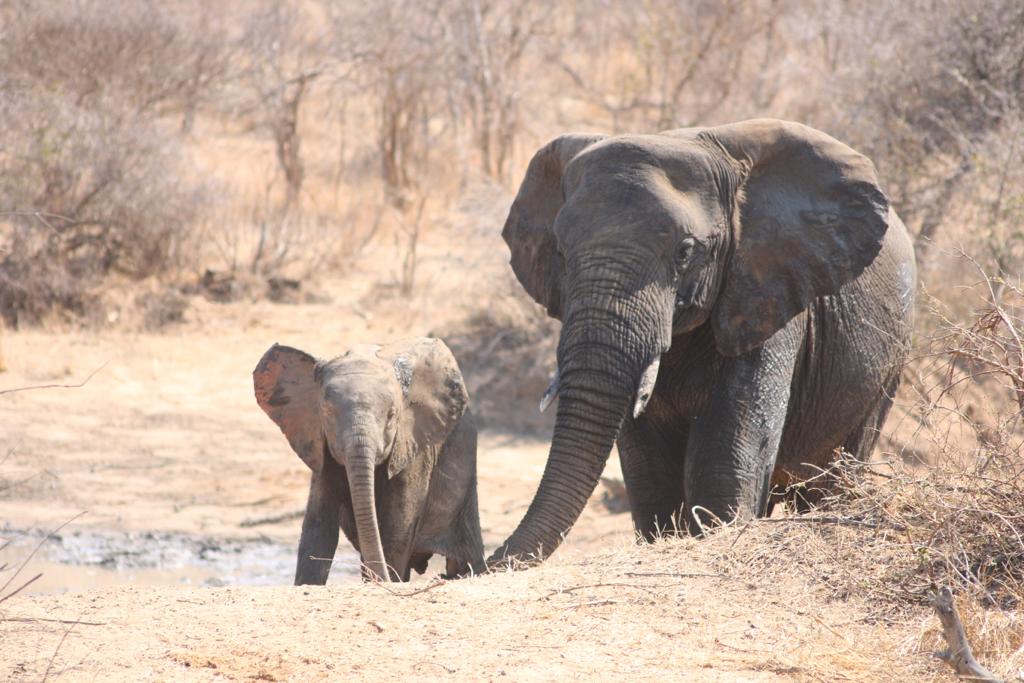
Kumbura had been alone next to the Limpopo River on the border of Botswana and South Africa for three months before she was rescued. She was thought to be around 18-24 months old, and a guard was placed near her so that she could be tracked. We received a call from Nature Conservation authorities about the tiny baby elephant to see if we could assist in taking her in. Immediately, our team (including now retired elephant master Paul Coetsee and elephant carer Joshua Dube) made their way up north to find and retrieve the little calf.
A gentle man who always had the greatest fondness for elephants, ‘Oom’ Paul Coetsee started as an Elephant Master at Jabulani in 2001. Joshua, who is still with us, came to Jabulani from Zimbabwe with the original herd when they were rescued.
When Paul and a specialist vet arrived in Botswana, they found little Kumbura in a dry river bed. As it was getting dark, they didn’t have much time to work, and Paul urged the vet to dart Kumbura. As the vet hesitated, the young elephant charged them.
Paul had one hand on the little elephant and the other on the spotlight, and after the charge, Kumbura ran away. When asked by the vet why he had taken so long, he admitted that he had never loaded a dart, as he first wanted to see how big the elephant was. After three days of searching for Kumbura, Paul and the vet gave up and left.
A month later, Paul was called with the news that the young elephant had been spotted. Paul immediately returned to the area and manned the rescue operation, bringing Kumbura to Jabulani, where the little elephant was placed in the stables. When she arrived, the rest of the herd had been out on their walk. On their return – about 300 metres from the stables – the elephants started rumbling and trumpeting, communicating with little Kumbura.

Lundi and her calf at the time were placed in the stable next to Kumbura, and Lundi immediately put her trunk through and smelt and touched the newcomer, giving off a slight rumble. As the days went by, Limpopo and Klaserie bullied Kumbura. Kumbura, however, took a liking to Sebakwe, and Sebakwe immediately took to ‘mothering’ her. Whenever Kumbura was bullied, she immediately ran off and took shelter with Sebakwe.
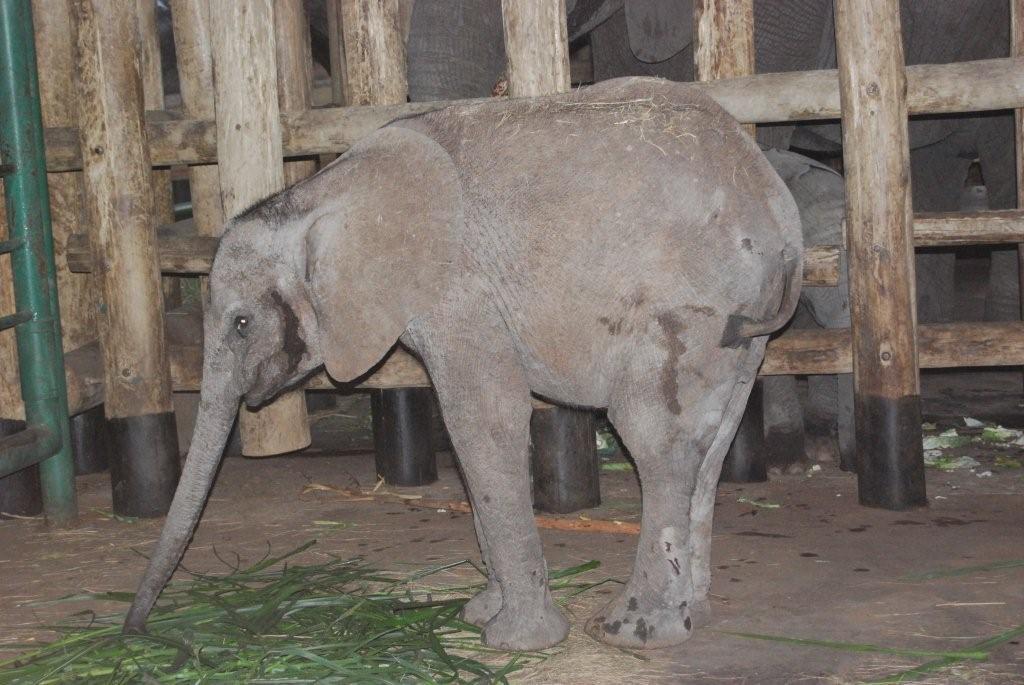
In these early days, Kumbura was wild, traumatised and would panic when people got too close to her…
This made us even more sure that her mother had been a victim of poaching and that she had probably seen it happen. She was severely dehydrated, but Dr Rogers managed to stabilise and rehydrate her. Getting her to eat was difficult. She didn’t like the milk formula, and none of the females in the Jabulani herd were willing to feed her. We truly were not sure whether she would survive. Every day was of the utmost importance in getting her to drink, getting her to feel calm and safe, and getting her strong and healthy again. This process of winning over her trust was vital to her recovery.
But initially, she wanted nothing to do with people and would not join the other elephants when the handlers called her. She would stay out in the furthest corner of the paddock and avoid even looking at the carers. She was angry and alone. Her human carers remained patient and hopeful and continued to give her all the care and love that was essential, continued day by day to prove to her that they would not hurt her. We fed her any nutritious foods she would eat, including her favourites, apples and vegetables.
A year passed, and we noticed her warming to us. She was softening within herself and with the carers, even responding to them. We believe a key reason that Kumbura pulled through is the comfort she received from the elephants in the herd—especially Lundi and Tokwe, two of the larger and older females who adopted her as their own, and her gentle guardian angel, Sebakwe, the dominant bull.
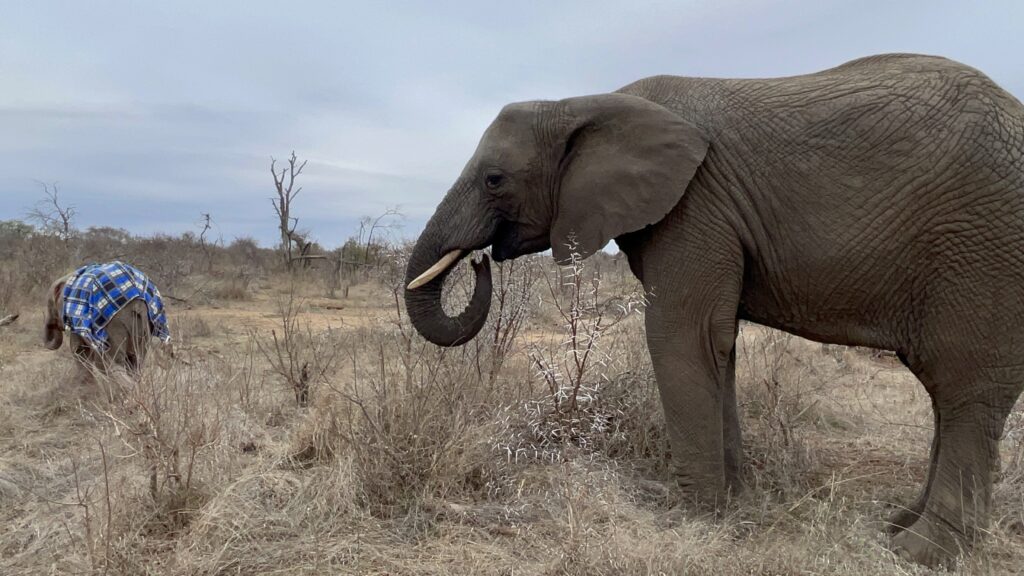
She was still a nervous elephant with visible self-doubt, but she loved attention from her herd and spent a lot of time with Tokwe and Pisa, often following them around. She was a sensitive and delicate little calf, slightly taller and leaner than the other young elephants, with a tiny trunk and smaller, thinner tusks.
Despite this start in life, she has become a truly caring soul who plays a significant and important role in the herd’s social hierarchy. She is always protective over the other orphans the herd accepts, including Khanyisa and Timisa.
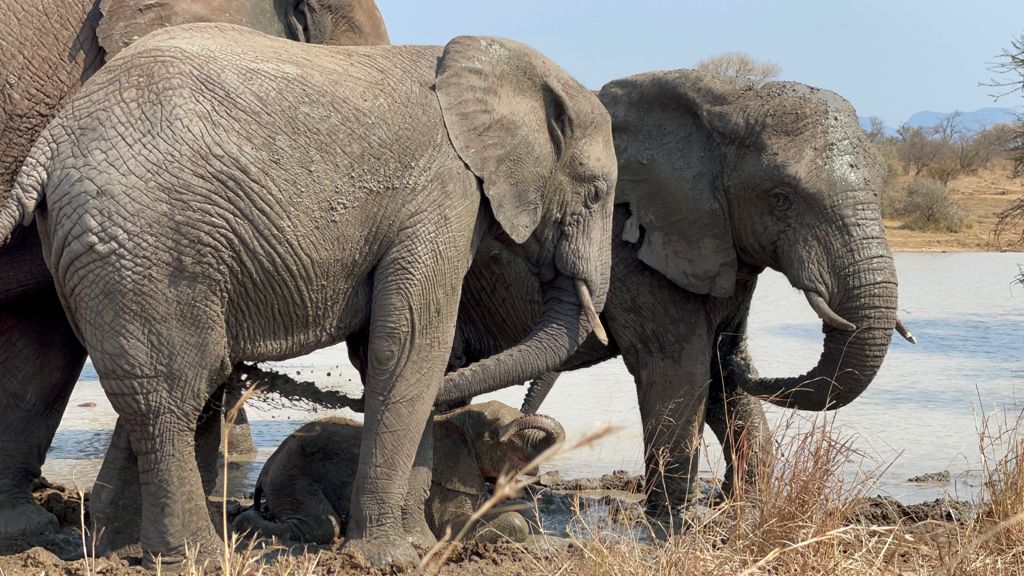
Kumbura means ‘remembrance’… The name is a tribute to Adine’s late father, Johan Roode who passed away in the same month that Kumbura arrived. Watching the little elephant today, around 11 years since she arrived, surrounded by the love, care and security of the Jabulani herd who have embraced her, happily foraging and playing with her kind in nature, we remember… We remember that through tenacious faith and hard work, we can build ourselves back up again, time after time. That we need to and that we can keep swimming, keep loving, and keep moving forward.
A HERD Elephant Assignment for Kumbura-Lovers
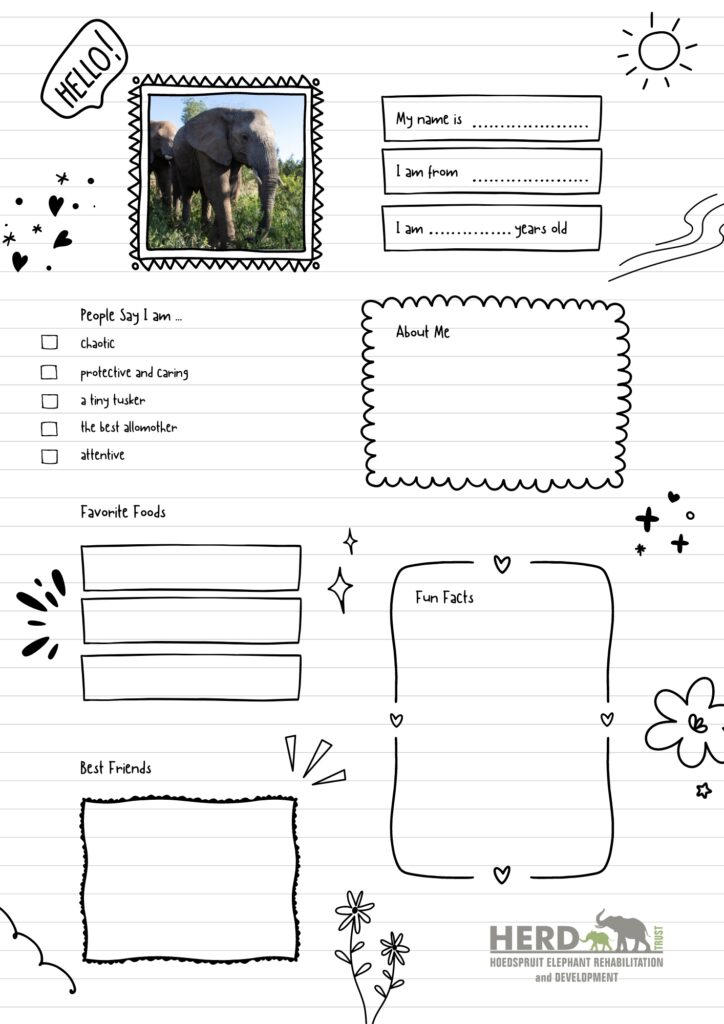
A look at kind, caring Kumbura

Tokwe helped to support and watch over Kumbura from the very beginning, while the orphan adapted to her new life with a herd.
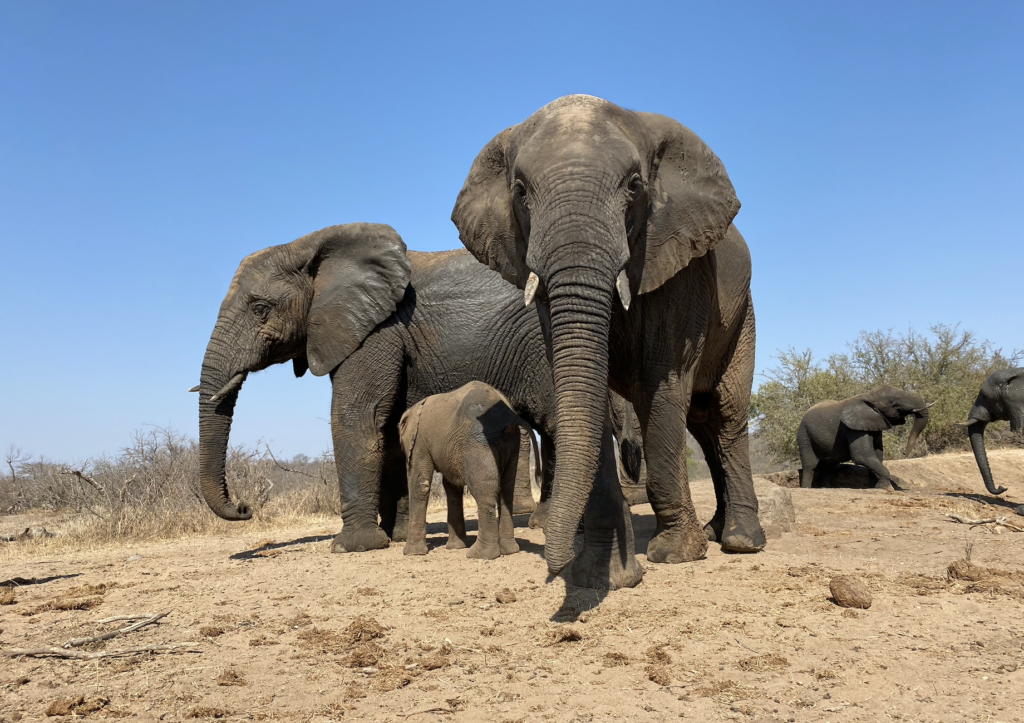
Seen here with Lundi, Kumbura spends more time with this older cow these days since her beloved Khanyisa is always close to Lundi (the orphan’s surrogate mother).
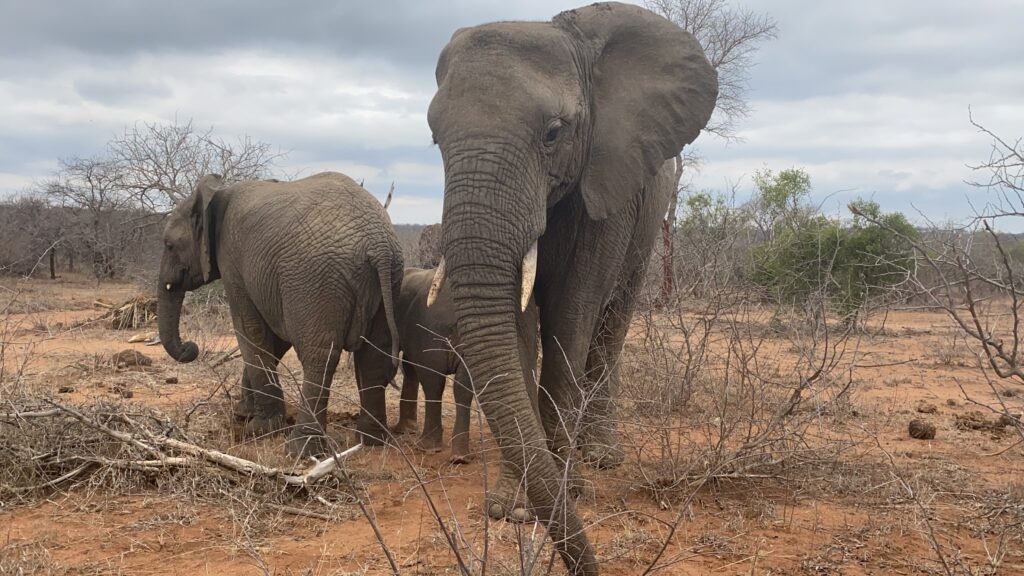
Kumbura is the best babysitter to young elephants, including fellow orphans Khanyisa and Timisa.

Kumbura has beautiful features that are very distinct to her – sharp pointed tusks, a very angular forehead giving her a sharp profile, and magnificent eyes.
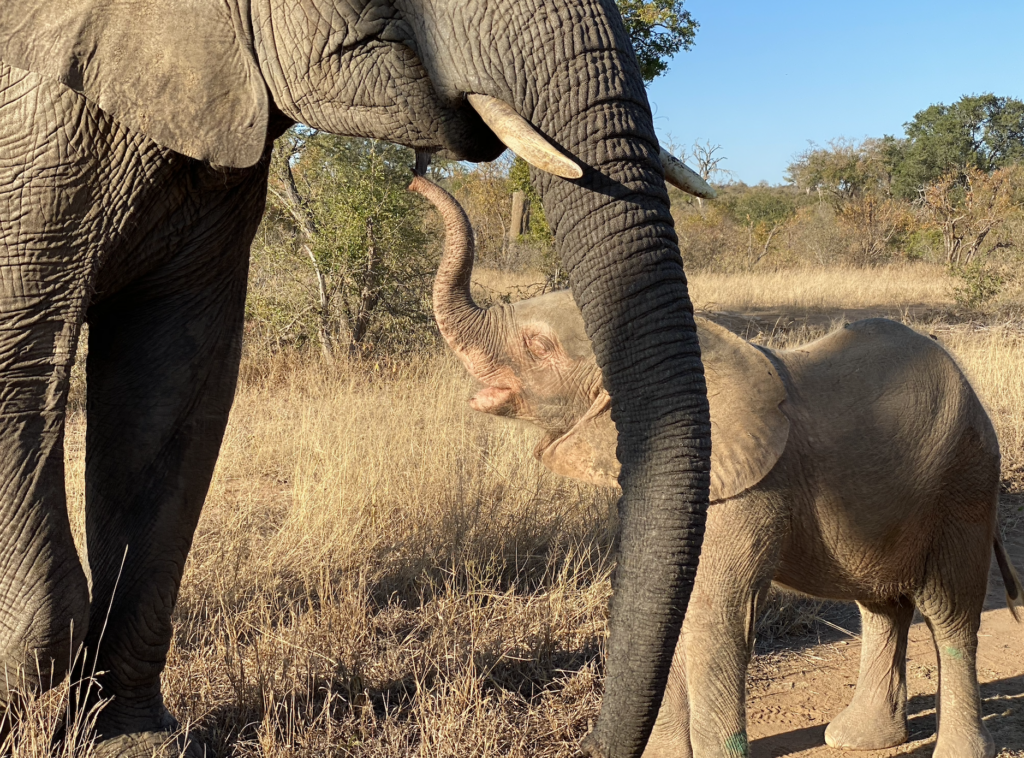
Khanyisa and Kumbura have a bond that has given Khanyisa the confidence and security to thrive and explore
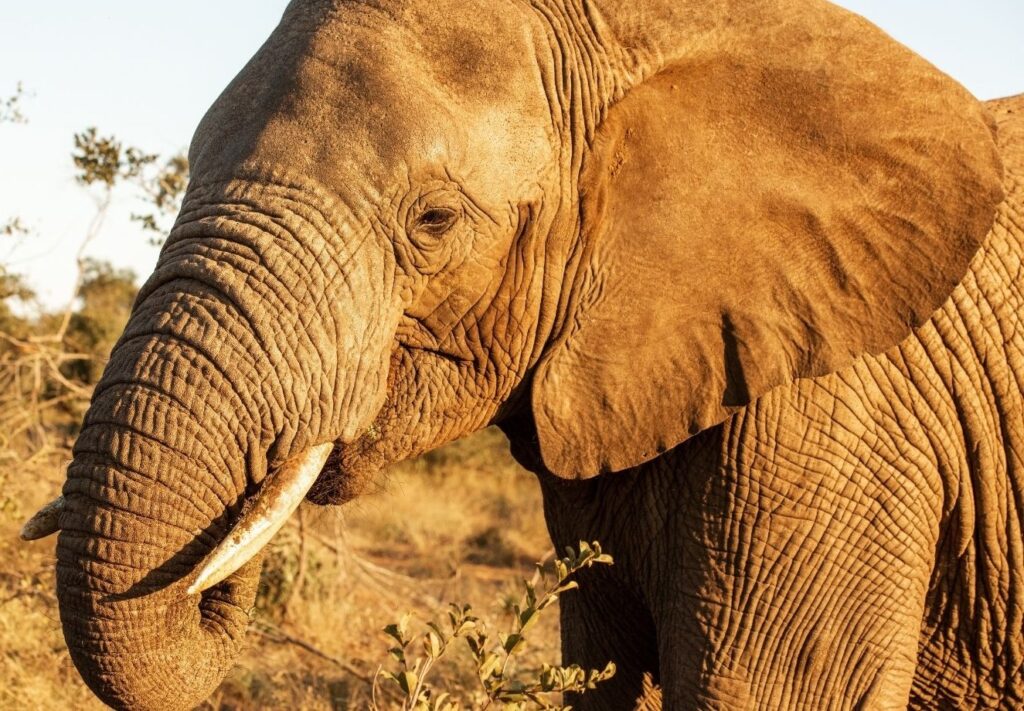
Be part of an African elephant’s journey, by fostering Kumbura or one of these magnificent beings that you feel you connect with most. You can sponsor/foster an elephant for yourself or foster an elephant as a gift for a loved one, giving them the joy of supporting an elephant and the world of elephant conservation.


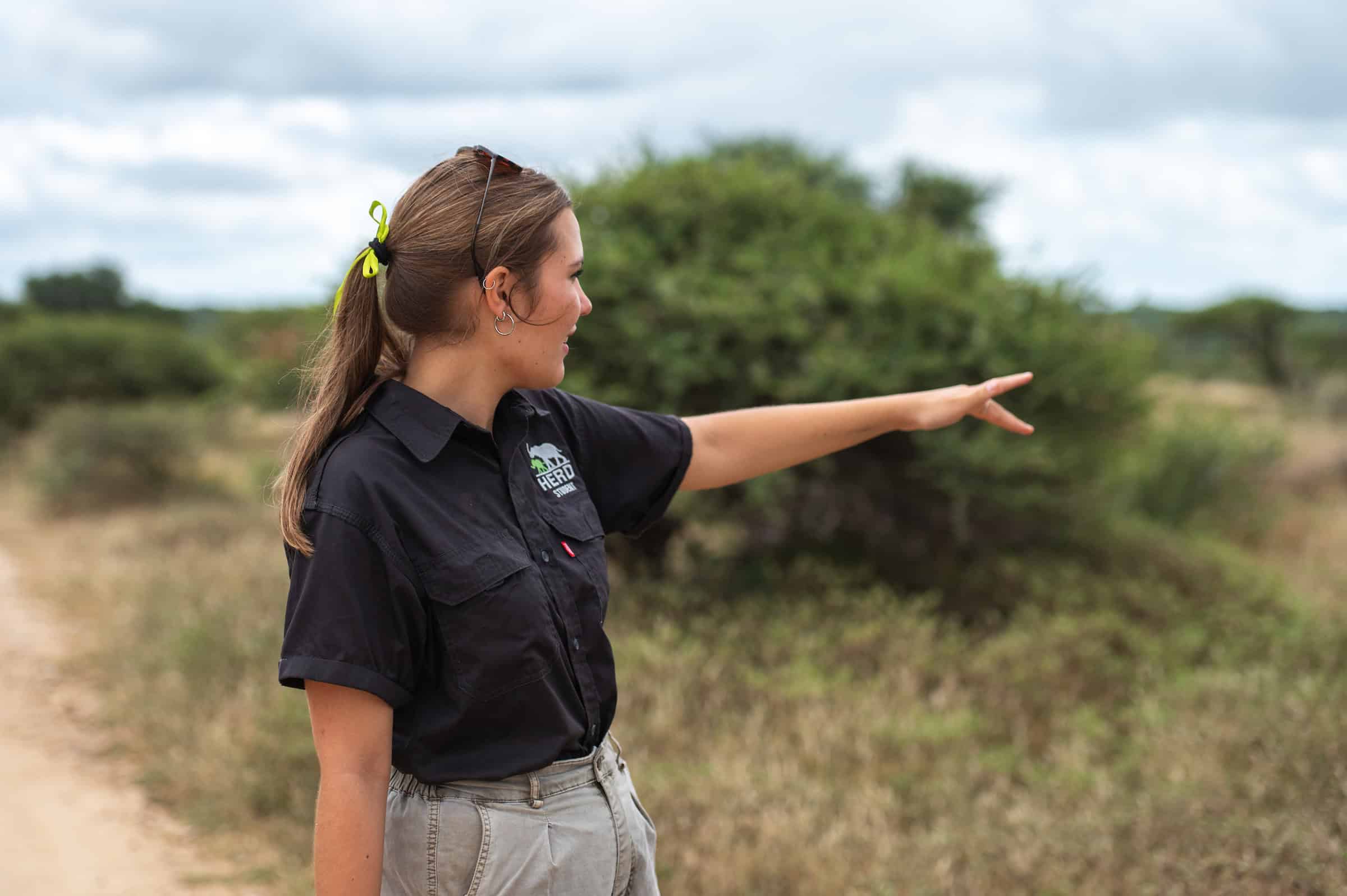
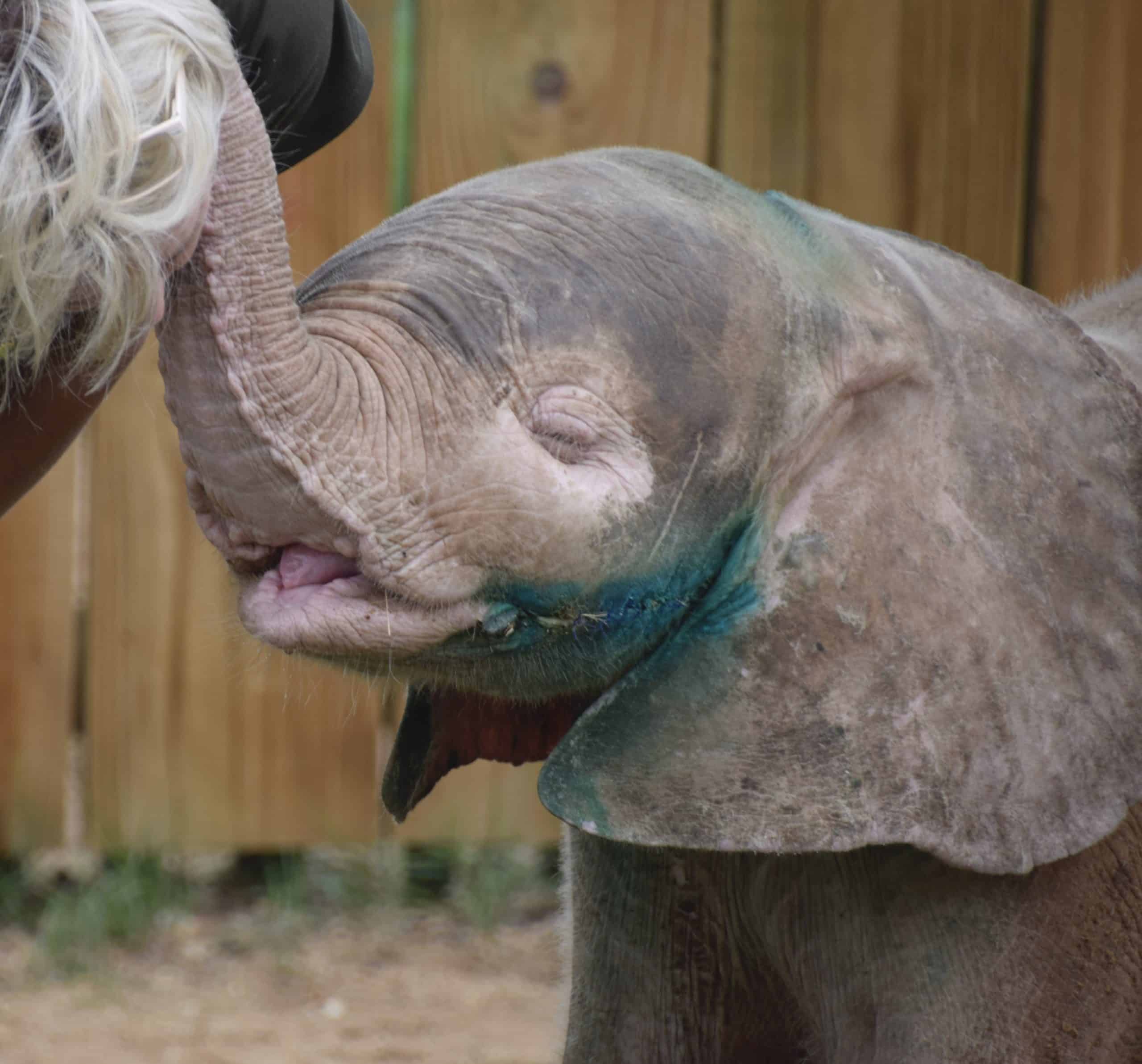

Nicole
We are glad you enjoyed it, Kim.
Kim Baker
I loved reading this. It makes me appreciate and respect HERD all the more.
Poonam S
I am crying by reading precious Kumbura's journey ? May you always be happy and healthy my beautiful Princess Kumbura❤️❤️❤️??????????????????